Frequently Asked Questions
What do Sprite units remove from the water?
Our Chlorgon filtration media removes:
- Free Chlorine (Cl-)
- Combined Chlorine (Sodium Hypochlorite)
- Hydrogen Sulfide (rotten egg smell)
- Iron oxide (rust water)
- Dirt, sediment
- Odors
- …plus, it’s pH balanced! Our units have been NSF Certified to Standard #177 for free chlorine removal.
While free chlorine is converted to a harmless chloride, our filters handle iron oxide filtration slightly differently. Iron oxide in a shower setting is often described as “brown or rust water” and deposits onto the filtration media, where it will remain until the next shower. We recommend flushing the filter in warm water for a minute or two at the beginning of each shower to “reset” the media. If there is a high concentration of iron oxide in your water, a whole-house filtration system designed specifically for iron removal may best suit your needs.
What’s included?
All Sprite Shower systems include one replaceable filter cartridge. Additional replaceable filter cartridges are purchased separately.
For Universal Shower Filters, purchasing the showerhead is optional. Thanks to its universal threading, these filters accommodate showerheads from any number of manufacturers. This allows you to keep your existing showerhead and easily integrate filtration into your current set up.
Hand Held systems include the filter handle, hose and bracket.
What is your warranty policy?
A one-year limited warranty on the housing is standard on used products with proof of purchase. The SLB and HOB all brass units have a five-year limited warranty.
Please note that use of a shut-off valve between a universal filter (such as the Slim Line 2 or High Output 2) and showerhead voids Sprite’s warranty.
What is your return policy?
Sprite accepts returns of new product only.
I’ve tested the water after it runs through the filter and the chlorine levels are still high. What’s going on?
You’re using the wrong test! There are two common testing kits: OTO and DPD. OTO does NOT measure free chlorine, instead outputting total combined chlorine. Our filters cause free chlorine to combine and become a harmless salt – thus making them “combined”. Please purchase a DPD testing kit to accurately test water from your Sprite filters for free chlorine removal. DPD#1 (for Free Available Chlorine) must be used, as opposed to DPD #3 (for Total Chlorine, which includes combined chlorine).
Can I recycle used filter cartridges?
Yes, our cartridges are recyclable. We have two easy steps to follow:
1. Carefully poke a hole in the screen of the cartridge and empty the contents into garden soil or compost heap.
2. Place the filter cartridge in with recyclables.
Is it normal for small golden flakes to be inside my unit/on the end sticker of my new cartridge?
Parts of our filtration media are thin and brittle, meaning they can break down into smaller pieces through our mixing process and transport. It’s not uncommon to notice that some of the fines have escaped through the screen. We recommend running warm water through the unit for one or two minutes before first use of a filter, which should flush out all of the smallest media.
Do you have any suggestions for a unit leaking from the center?
A leak from where the two housing halves twist together is usually caused by warped or pinched o-rings. The o-rings sit inside of the housing, one on each side of the replaceable filter cartridge. Make sure they are seated flat and are not dried out. These two rubber parts need to be coated in a layer of vaseline or other petroleum-based lubricant at the time of filter replacement. Using a q-tip can help make the experience a quick and tidy one. Replacement o-rings are available free of charge under your unit’s warranty conditions (usually one year with proof of purchase), or are available for purchase via phone.
If your unit is a hand-held, the o-rings are located on the replacement filter itself. While there will be no need to worry about them sitting flat in this case, they should still be lubricated for maximum seal and ease of removal at the time of replacement.
Cartridges left past their change date, paired with a shut off valve between the filter and head (please note this voids the warranty on the housing) or under particularly sediment-heavy conditions may crack. As the blue cartridge wrapper tends to keep the cartridge together under these conditions and prevents media from spilling into the unit, it may not be immediately apparent that a crack has occurred. Removing the wrapper will allow for a thorough inspection of the cartridge. In this case, replacing the cracked cartridge should solve the leak.
Do you have any suggestions for a unit leaking from where it attaches to the shower arm?
Most often, a leak at this point is due to over-tightening on the shower arm or a missing black rubber washer. Over-tightening will cause the washer to flatten, restricting water flow and often causing water to escape between the threading of the unit and shower arm. Carefully back the unit off a quarter of a turn until the leaking stops. Replacement washers are available free of charge under your unit’s warranty conditions (usually one year with proof of purchase), or are available for purchase with an o-ring set via phone.
If the washer is present and experimenting with placement on the shower arm yields no change, it may be that the connection between the unit and shower arm is lose. This can be corrected with a wrap or two of white teflon plumber’s tape. A small spool of this tape is often included with our units.
Want to change the filters in the handheld filter, but cannot get the filter out. Any tips how to do that?
It can sometimes be difficult to get the cartridge out by pulling, so I have an alternate tactic. First, we always recommend leaving the unit out overnight with the housing open, to allow the water to dry out a bit from the inside. The water can create a sort of suction seal inside the unit, so it’s always a good first step to try.
My biggest tip is to unscrew the hose coupling that attaches to the bottom of the cartridge housing. From this bottom angle, the eraser-end of a pencil or the end of a flathead screwdriver can be used to push the used cartridge out of the housing.
Rubber grip gloves can assist in getting a good hold on the unit while protecting your skin, and needle-nosed pliers can sometimes get the grip that fingers can’t, as far as pulling goes. If the unit must be pushed from below or have pliers used to pull, I also recommend doing this process over a trash can just in case the pliers or pushing poke holes in the screen.
To ease replacement of the filters and gain an optimal seal, we recommend covering the black rubber o-rings of the Hand Held Cartridge in a layer of Vaseline or other petroleum-based jelly. I’ve found that a q-tip is a nearly ideal applicator and keeps the process from being messy.
Why Not Vitamin C? The scientific name for Vitamin C is “Ascorbic Acid. Yes, adding vitamin C changes the pH of the water to acidic. Acidic water can cause eye and skin irritation. For this reasons, Sprite Showers do not contain Vitamin C.
Why Not Charcoal
Of course, you don’t shower in cold water and wouldn’t use a 60 lb. shower filter. And we wouldn’t cut a carbon filter in half and expect it to adequately filter shower water. Instead, Sprite invested a great amount of research in developing a line of realistic catalytic shower filters that filter both free and combined chlorines, dirt, sediment, odors, hydrogen sulfide, iron oxides, and more, from your shower water.
Sprite Shower Filters are NSF CERTIFIED TO STANDARD 177!
Tested and Certified by NSF International Tested and Certified by Manufacturer Tested and Certified by Independent Laboratory
Shower & Bath Filters | Health Food Stores Edmonton | Natural Food Stores Edmonton | Supplement Stores Edmonton | Health Supplement Stores Edmonton | Best Supplement Stores Edmonton | Aromatherapy Stores Edmonton | Vitamin Stores Edmonton | Herbal Stores Edmonton | Natural Body Care Edmonton | Cooler Stores Edmonton | Distiller Stores Edmonton | Reverse Osmosis Water Filters Edmonton | Water Pumps Edmonton | Water Pumps for Sale Edmonton
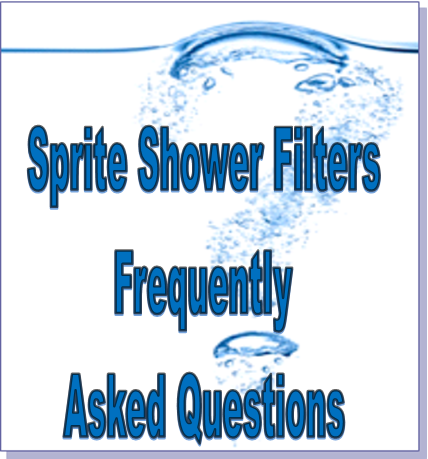
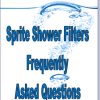
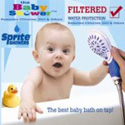
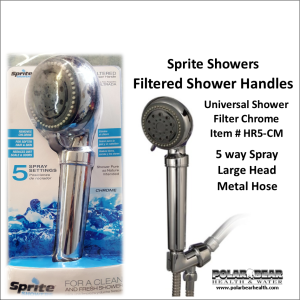
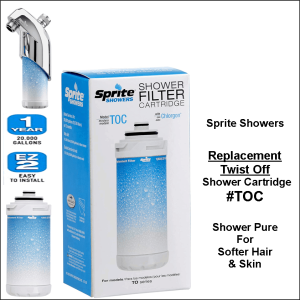

Reviews
There are no reviews yet.